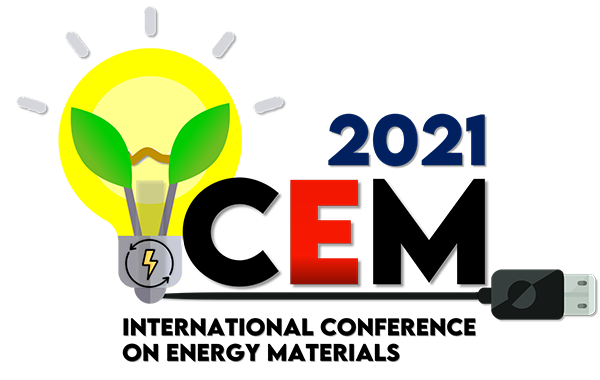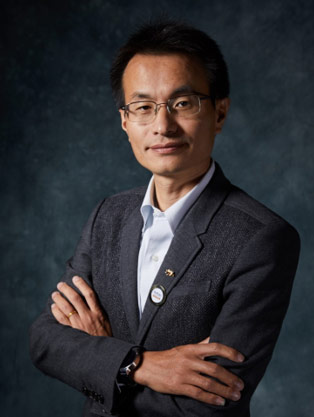Plenary Lecture
The Chemistry of Making Semiconductor Nanowires for Artificial Photosynthesis
Peidong Yang
Department of Chemistry, University of California, Berkeley, California 94720, United States.
Abstract :
Semiconductor nanowires, by definition, typically have nanoscale cross-sectional dimensions, with lengths spanning from hundreds of nanometers to millimeters. These subwavelength structures represent a new class of semiconductor materials for investigating light generation, propagation, detection, amplification, modulation as well as energy conversion and storage. After more than two decade of research, nanowires can now be synthesized and assembled with specific compositions, heterojunctions, and architectures. This has led to a host of nanowire photonic and electronic devices. Nanowire also represents an important class of nanostructure building blocks for photovoltaics as well as direct solar-to-fuel conversion because of their high surface area, tunable bandgap, and efficient charge transport and collection. In this plenary talk, I will present a brief history of nanowire research for the past 25 years and highlight the synthesis of nanowires using well-defined chemistry. These semiconductor nanowires are then used for artificial photosynthesis, where solar energy is converted and stored in chemical bonds in a solar driven CO2 fixation process.



